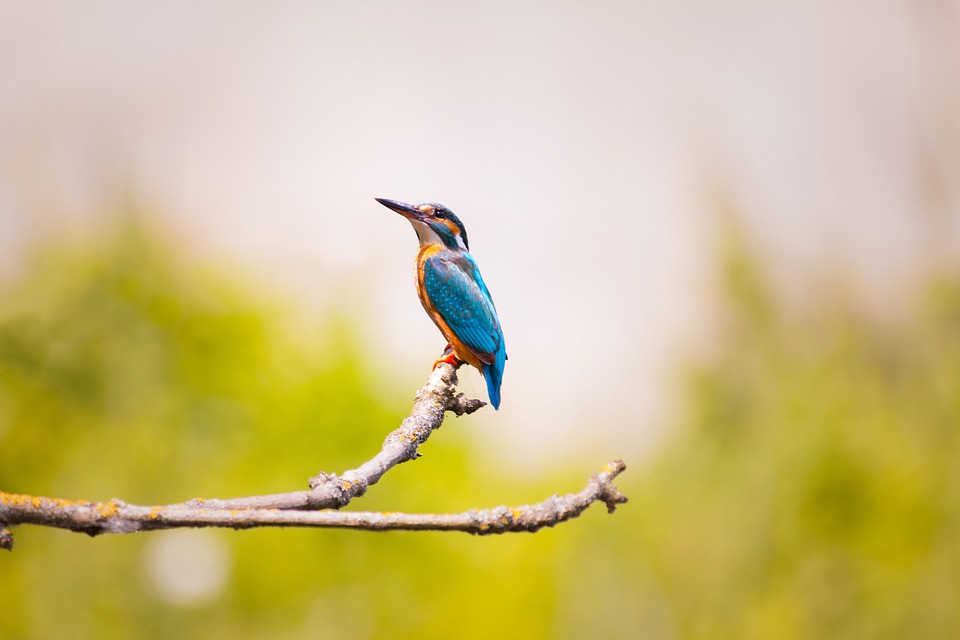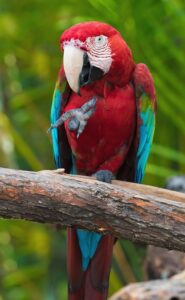
The environment in which a bird lives plays a crucial role in its health and happiness. Among the various elements that contribute to a bird’s well-being, perches are fundamental. Choosing the right perch is not just about providing a resting spot; it impacts the bird’s mental and physical health. In this guide, we’ll explore the importance of bird perches, the different types available, materials to consider, and tips for selecting the perfect perch for your feathered friend.
Understanding the Role of Perches
Perches serve multiple purposes in a bird’s habitat. They provide a place for birds to rest, sleep, and play. Perches also help in maintaining the bird’s physical health by allowing them to exercise their feet, which can prevent arthritis and other foot-related issues. Moreover, the right perch can help in wearing down a bird’s nails and beak naturally.
Behavioral Enrichment
Birds are intelligent creatures that require stimulation to prevent boredom. Perches placed at various heights and locations within the cage can encourage natural behaviors such as climbing, exploring, and socializing. This behavioral enrichment is crucial for a bird’s mental health and can prevent issues like feather plucking and aggression.
Physical Health
The physical health of a bird is significantly influenced by the type and placement of perches. A variety of perch sizes and textures can help maintain healthy feet and nails. Birds that are provided with multiple perches of different diameters can exercise their feet muscles and prevent pressure sores.
Types of Bird Perches
There are several types of bird perches available, each with its own advantages and purposes. Understanding the differences can help you make an informed choice for your bird’s needs.
Natural Wood Perches
Natural wood perches are often considered the best option for birds. They mimic the branches birds would encounter in the wild, providing a familiar and comfortable resting place. These perches have irregular shapes and textures that help exercise a bird’s feet and prevent foot problems. Popular wood types include manzanita, eucalyptus, and java wood.
Rope Perches
Rope perches offer a soft and flexible surface for birds to grip. They are ideal for birds with sensitive feet and can be shaped into a variety of configurations to add interest to the bird’s environment. It is important to regularly check rope perches for wear and tear to prevent fraying, which can pose a risk to a bird’s toes and claws.
Concrete and Sand Perches
Concrete and sand perches are designed to help wear down a bird’s nails and beak naturally. These perches should be used sparingly, as constant use can lead to over-worn nails or beaks. They are best used in combination with other perch types to provide a balanced environment.
Plastic and PVC Perches
Plastic and PVC perches are easy to clean and durable, making them a practical option for many bird owners. However, they lack the texture and variation found in natural perches, which can limit the exercise birds get from gripping different surfaces. They are best used as supplemental perches rather than the primary option.
Materials to Consider
The material of the perch is as important as its type. Here are some considerations when selecting materials for bird perches:
Wood
Wood is a natural and safe choice for bird perches, provided it is untreated and free from pesticides. Different wood varieties offer different textures and durability. Hardwoods like manzanita are long-lasting, while softer woods like pine provide a different gripping experience.
Cotton
Cotton is commonly used in rope perches and offers a comfortable surface for birds to grip. It’s important to ensure that cotton perches are well-maintained, as frayed cotton can entangle a bird’s toes or claws.
Concrete
Concrete perches can aid in keeping a bird’s nails trimmed but should be used in moderation to prevent over-wearing. They are typically coated with a rough surface that mimics natural stone.
Choosing the Right Size and Shape
The size and shape of a perch are crucial for ensuring your bird’s comfort and health. Here are some tips for selecting the right size and shape:
Diameter
The diameter of the perch should allow the bird to comfortably wrap its toes around it without overstretching or under-gripping. A variety of diameters should be provided to allow for exercise and natural foot movement.
Length
Perches should be long enough to allow the bird to move around comfortably but not so long that they dominate the entire cage. Multiple perches of varying lengths can provide a dynamic and engaging environment.
Shape
Perches with irregular shapes and textures encourage natural behaviors and maintain foot health. Avoid smooth, perfectly round perches as they do not provide the necessary grip for foot exercise.
Placement Tips for Bird Perches
Proper placement of perches within the cage can enhance the bird’s environment and promote healthy behaviors.
Height Variation
Place perches at different heights to encourage climbing and exploration. This variation simulates a natural environment and allows birds to choose their preferred resting spots.
Avoid Overcrowding
Avoid placing too many perches in the cage, which can limit the bird’s mobility and space. Ensure that there is enough room for the bird to spread its wings and move freely.
Strategic Positioning
Position perches away from food and water dishes to prevent contamination. Placing a perch near a window can provide natural light and entertainment for the bird, but be cautious of direct sunlight and drafts.
Maintenance and Safety
Regular maintenance of bird perches is essential to ensure the safety and comfort of your pet.
Cleaning
Perches should be cleaned regularly to prevent the buildup of droppings and bacteria. Natural wood perches can be scrubbed with a bird-safe disinfectant, while rope and cotton perches may need replacing if heavily soiled.
Inspection
Regularly inspect perches for signs of wear and damage. Replace any perches that are cracked, splintered, or excessively worn to prevent injury.
Conclusion
Choosing the perfect bird perch involves considering the needs and preferences of your bird, as well as the practicalities of maintaining a safe and clean environment. By providing a variety of perches in different sizes, shapes, and materials, you can create a stimulating and healthy habitat for your feathered friend. Remember to regularly inspect and clean perches to ensure they remain safe and comfortable. With the right perches, you can enhance your bird’s quality of life and enjoy a happy, healthy companion.
#ChatGPT assisted in the creation of this article.








